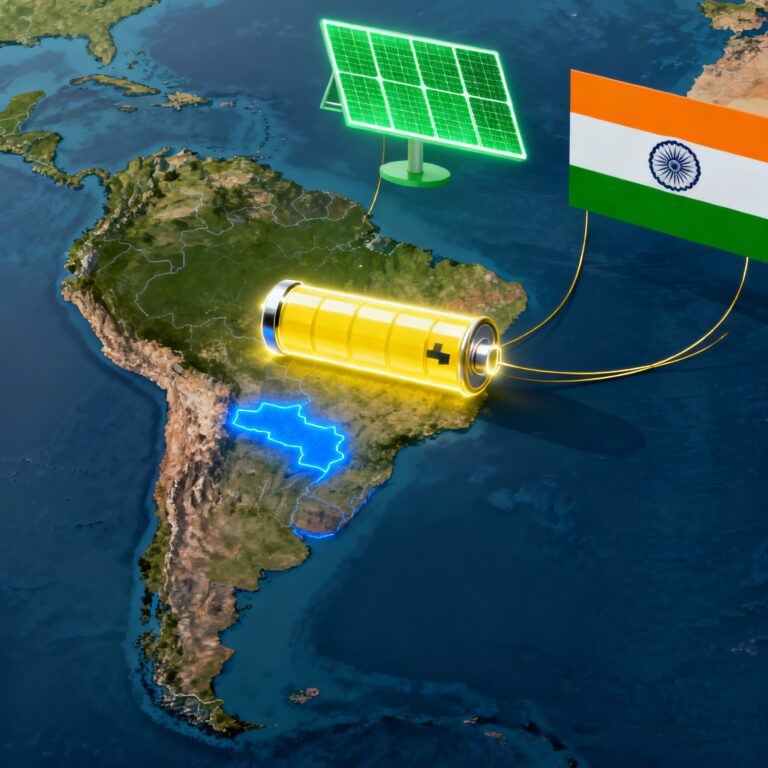In the rapidly evolving intersection of technology and agriculture, a new innovation is turning heads and reshaping conventional farming methods. Ground Control Robotics, a trailblazing tech-agro company, has introduced a robotic centipede that could revolutionize weed management. This robotic marvel mimics the natural fluidity and flexibility of arthropods, particularly centipedes, offering a sustainable, non-chemical alternative to traditional herbicides. It marks a significant leap in precision agriculture, aiming to improve efficiency, reduce environmental impact, and enhance food security.
The Challenge of Weed Management in Modern Agriculture
Why Weeds Are a Persistent Problem
Weeds compete with crops for sunlight, water, and nutrients. If left unchecked, they can drastically reduce yields and quality. Globally, billions of dollars are spent annually on herbicides and manual labor to control unwanted vegetation.
Chemical Control: The Double-Edged Sword
While herbicides have been effective, their overuse has led to herbicide-resistant weed strains, soil degradation, and water contamination. Furthermore, chemical residues raise concerns about food safety and human health.
The Need for Sustainable Solutions
As the world shifts toward eco-friendly practices, agriculture must follow suit. Farmers need effective, non-chemical weed control that integrates seamlessly with modern farming systems. Enter robotics.
Introducing the Robotic Centipede: Biomimicry Meets Agritech

What is the Robotic Centipede?
Designed by Ground Control Robotics, this device is a multi-segmented autonomous robot inspired by the structure and motion of centipedes. It’s engineered for agility, stability, and efficiency in various terrains.
Key Features
- Segmented Body: Each segment can move independently, allowing it to adapt to uneven ground.
- Multi-Leg Locomotion: Mimics centipede legs to distribute weight and navigate soil without compaction.
- Camera and Sensor Integration: Equipped with AI-driven vision systems for real-time weed identification.
- Precision Tools: Mechanical appendages remove weeds without disturbing crops.
The Power of Biomimicry
Biomimicry involves emulating natural systems for technological solutions. The centipede’s fluid motion allows it to weave through crops and weeds delicately, minimizing damage and improving precision.
Technological Components and Capabilities
Artificial Intelligence and Machine Learning
The robot’s onboard AI distinguishes between crops and weeds using a trained neural network. Over time, it learns to identify local weed varieties and adapt strategies accordingly.
Energy Efficiency
Powered by solar panels and rechargeable batteries, the robotic centipede ensures sustainable operation with minimal energy consumption.
Autonomous Navigation
GPS systems and LIDAR enable autonomous movement across large fields, mapping weed density and optimizing routes for efficient coverage.
Data Collection and Integration
All activities are logged and analyzed, providing farmers with dashboards showing weed distribution, treatment success, and performance metrics.
Agricultural Impact and Benefits
Reduction in Herbicide Use
Replacing chemical methods with robotic precision drastically reduces the need for herbicides, benefiting soil health and surrounding ecosystems.
Lower Labor Costs
Automation reduces dependency on manual weeding, which is labor-intensive and time-consuming.
Crop Yield Improvement
By minimizing weed interference without damaging crops, yields can increase over time.
Enhanced Soil Preservation
Unlike heavy machinery, the robot’s lightweight, multi-legged design reduces soil compaction and erosion.
Real-World Trials and Farmer Feedback
Pilot Programs
Field trials have been conducted in California and Iowa, showing promising results. The robot maintained 95% weed removal accuracy while reducing herbicide usage by up to 85%.
Farmer Testimonials
Farmers report reduced operational costs and improved field health. Many are excited about the robot’s potential for scaling up operations.
Integration with Existing Systems
The robotic centipede is designed to complement current smart farming ecosystems. It syncs with software for irrigation, planting, and yield prediction.
Environmental and Economic Implications
Climate-Resilient Agriculture
With changing weather patterns, sustainable farming tools like this robotic centipede can help build resilience by maintaining productivity with fewer inputs.
Economic Accessibility
Although the initial investment may be high, Ground Control Robotics plans to offer leasing options and government partnerships to make the technology accessible to small and medium-sized farms.
Regulatory Considerations
As the technology gains traction, regulations must evolve to include robotic equipment in sustainable farming certifications and subsidies.
Challenges and Future Roadmap
Addressing Technical Limitations
The robot must improve weed identification accuracy in diverse environments, especially with similar-looking crops and invasive plants.
Scale and Speed
Work is ongoing to scale up operations to cover larger fields faster, making the technology viable for industrial-scale agriculture.
Open-Source Models and Global Expansion
Ground Control Robotics is considering open-source components for broader collaboration and faster global adoption.
Collaboration with Research Institutions
Partnerships with universities and agricultural labs are helping refine the robot’s algorithms and mechanical systems.
The Bigger Picture: Robots in Agriculture
Growing Ecosystem of Agri-Robots
The robotic centipede joins a growing list of autonomous farming tools, including drones, planting bots, and harvesters.
Toward Regenerative Farming
This innovation supports regenerative agriculture principles by reducing synthetic inputs, maintaining biodiversity, and protecting soil integrity.
Ethical Considerations
Robotic solutions must be implemented with attention to labor displacement and equitable access for smallholder farmers.
Conclusion: A Crawling Revolution in the Making
Ground Control Robotics’ robotic centipede isn’t just a new gadget; it’s a symbol of the agricultural transformation needed for a sustainable future. With its innovative design, advanced AI, and eco-friendly approach, it could usher in a new era where technology and nature coexist in harmony. As this robotic crawler finds its place in fields across the globe, it promises not only healthier crops and soils but also a smarter and more responsible way to feed the planet.
Stay tuned as this robotic centipede continues its journey through rows of corn, wheat, and vegetables—quietly leading a green revolution, one weed at a time.









+ There are no comments
Add yours